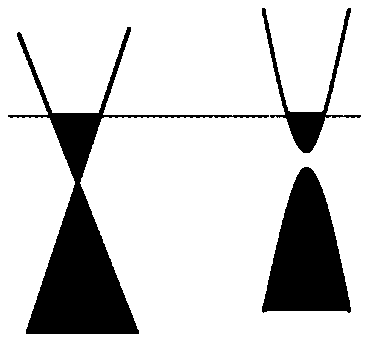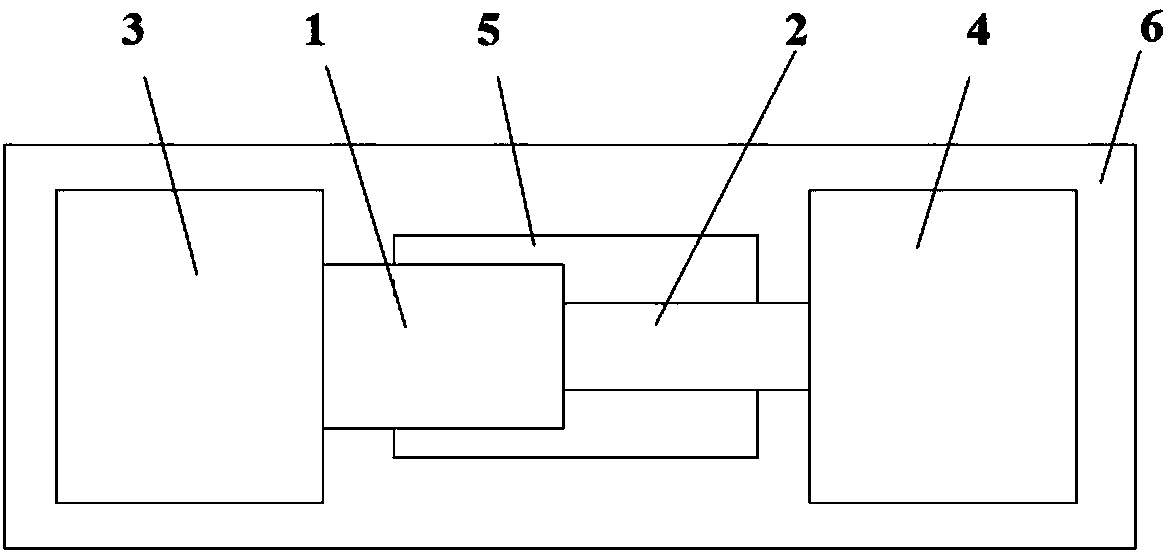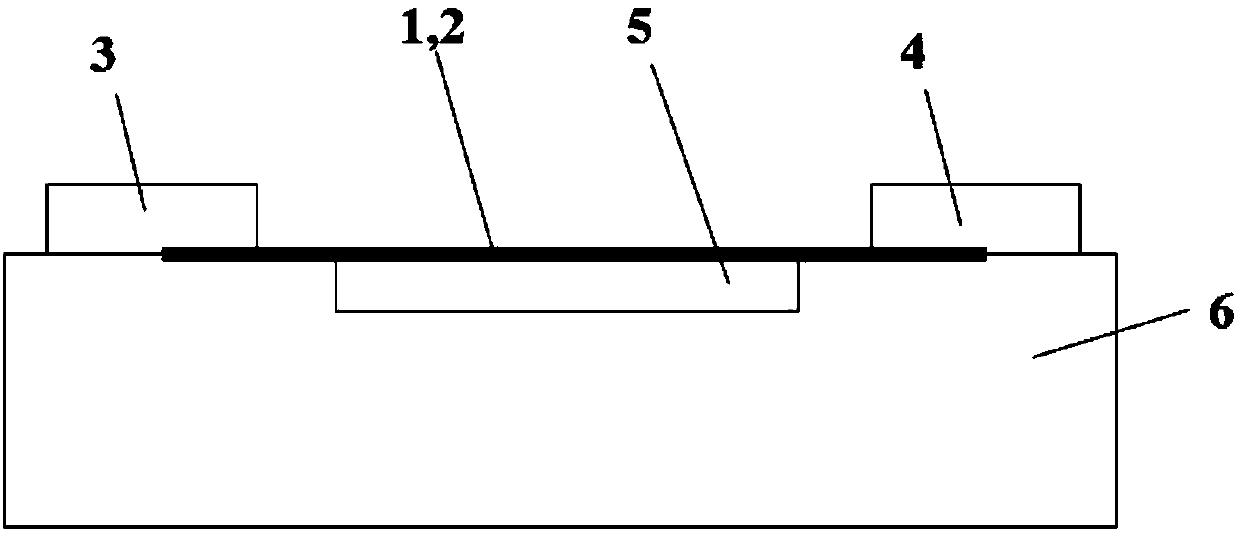Photoelectric detector based on graphene planar junction
A photodetector and graphene technology, applied in the field of photodetection, can solve problems such as large dark current, unfavorable photodetector application development, and low efficiency, so as to improve photoresponsivity, avoid graphene chemical doping process, The effect of simple structure
- Summary
- Abstract
- Description
- Claims
- Application Information
AI Technical Summary
Problems solved by technology
Method used
Image
Examples
Embodiment Construction
[0039] Embodiments of the present invention are described below through specific examples, and those skilled in the art can easily understand other advantages and effects of the present invention from the content disclosed in this specification. The present invention can also be implemented or applied through other different specific implementation modes, and various modifications or changes can be made to the details in this specification based on different viewpoints and applications without departing from the spirit of the present invention.
[0040] The graphene planar junction type photodetector that the present invention proposes in detail below in conjunction with accompanying drawing, as Figure 2-4 shown. The main process steps include:
[0041] 1. The substrate 6 is prepared. The substrate 6 is an insulating substrate or a non-insulating substrate with an insulating layer. In this embodiment, a heavily doped P-type silicon substrate covered with thermally oxidized...
PUM
 Login to View More
Login to View More Abstract
Description
Claims
Application Information
 Login to View More
Login to View More - R&D
- Intellectual Property
- Life Sciences
- Materials
- Tech Scout
- Unparalleled Data Quality
- Higher Quality Content
- 60% Fewer Hallucinations
Browse by: Latest US Patents, China's latest patents, Technical Efficacy Thesaurus, Application Domain, Technology Topic, Popular Technical Reports.
© 2025 PatSnap. All rights reserved.Legal|Privacy policy|Modern Slavery Act Transparency Statement|Sitemap|About US| Contact US: help@patsnap.com



